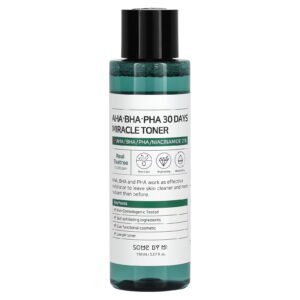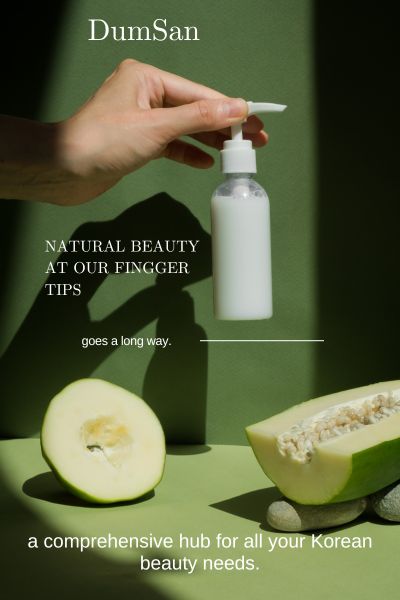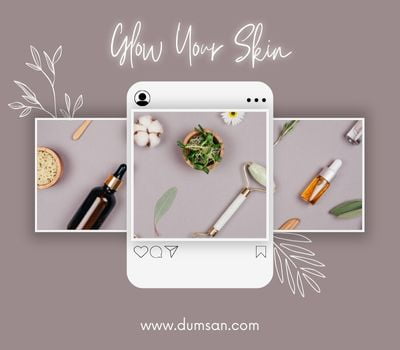Introduction
In the world of skincare, exfoliation is a crucial step that helps remove dead skin cells, unclog pores, and reveal a fresh, radiant complexion. While physical exfoliators like scrubs and brushes have been popular for ages, chemical exfoliation has gained significant attention in recent years. AHA, BHA, and PHA are three types of chemical exfoliants that have become buzzwords in the skincare community. In this blog post, we’ll explore what these acronyms stand for, their benefits to the skin, and how you can incorporate them into your skincare routine for a healthier, glowing complexion.
Understanding AHA, BHA, and PHA
AHA (Alpha Hydroxy Acid)
Alpha Hydroxy Acid, commonly known as AHA, is a group of water-soluble acids derived from fruits, milk, and sugar cane. Some of the most common AHAs include glycolic acid, lactic acid, citric acid, and mandelic acid. AHAs work by breaking down the bonds between dead skin cells, allowing them to slough off and reveal the newer, healthier skin underneath.
BHA (Beta Hydroxy Acid)
Beta Hydroxy Acid, or BHA, is a type of acid that is oil-soluble and can penetrate deeper into the pores. The most widely used BHA is salicylic acid, which has anti-inflammatory and antimicrobial properties. BHA exfoliates the skin by dissolving the sebum and debris that clog the pores, making it an excellent choice for oily and acne-prone skin types.
PHA (Polyhydroxy Acid)
Polyhydroxy Acid, or PHA, is a newer generation of chemical exfoliants that offer similar benefits to AHA and BHA but with a gentler approach. PHAs, such as gluconolactone and lactobionic acid, have larger molecular structures that make them less irritating to the skin. They provide a more gradual exfoliation, making them suitable for sensitive skin types.
Benefits of AHA, BHA, and PHA
Now that we’ve covered the basics, let’s dive into the specific benefits of each type of chemical exfoliant:
AHA Benefits
- Smooths and improves skin texture: AHA exfoliation helps reduce the appearance of fine lines, wrinkles, and rough patches, resulting in smoother, softer skin.
- Evens out skin tone: AHAs can fade dark spots, hyperpigmentation, and acne scars, giving the skin a more even and radiant complexion.
- Boosts collagen production: By removing dead skin cells and stimulating cell turnover, AHAs promote collagen synthesis, leading to firmer, plumper skin.
BHA Benefits
- Unclogs pores: BHA’s oil-soluble nature allows it to penetrate deep into the pores, effectively dissolving sebum and unclogging blocked follicles.
- Reduces acne and blackheads: BHA’s antimicrobial properties combined with its ability to remove excess oil make it an excellent choice for acne-prone skin.
- Soothes inflammation: BHA has anti-inflammatory properties that can calm redness and irritation associated with acne and other skin conditions.
PHA Benefits
- Gentle exfoliation: PHAs provide a milder exfoliation compared to AHAs and BHAs, making them a suitable option for sensitive skin types.
- Moisturizing and hydrating: PHAs have humectant properties, attracting and retaining moisture in the skin, resulting in improved hydration and a more plump appearance.
- Anti-aging effects: Like AHAs, PHAs can stimulate collagen production, reducing the appearance of fine lines and wrinkles over time.
Incorporating AHA, BHA, and PHA Into Your Skincare Routine
Now that you understand the benefits of AHA, BHA, and PHA, it’s time to learn how to incorporate them into your daily skincare routine:
- Patch test: Before introducing any new product or active ingredient, it’s essential to patch test it on a small area of your skin to check for any adverse reactions.
- Start slowly: If you’re new to chemical exfoliation, start with a lower concentration product and gradually increase the frequency and strength as your skin adjusts.
- Choose the right product: Look for skincare products that contain AHA, BHA, or PHA in the appropriate concentration for your skin type and concerns. Cleansers, toners, serums, and masks are some common forms in which these exfoliants are available.
- Follow instructions: Always follow the instructions provided by the product manufacturer. Some chemical exfoliants may require rinsing off after a specific duration, while others may be left on the skin.
- Protect your skin: After exfoliation, it’s crucial to protect your skin from sun damage by applying a broad-spectrum sunscreen with at least SPF 30.
Conclusion
By now, you should have a good understanding of AHA, BHA, and PHA and their benefits to the skin. Incorporating these chemical exfoliants into your skincare routine can help you achieve a smoother, more even complexion while addressing specific concerns like acne, hyperpigmentation, and signs of aging. Remember to choose the right products for your skin type, start slowly, and always prioritize sun protection. With consistent use and proper skincare practices, you’ll be well on your way to healthier, radiant skin.
Note: This blog post is for informational purposes only and does not substitute professional medical advice. Consult with a dermatologist or skincare professional before introducing new products or ingredients to your skincare routine.
-
سعر العرض منتج مخفض
 سوم باي مي AHA-BHA-PHA كريم معجزة لمدة 30 يومًا 60 جم
سوم باي مي AHA-BHA-PHA كريم معجزة لمدة 30 يومًا 60 جم20.00$السعر الأصلي هو: 20.00$.17.00$السعر الحالي هو: 17.00$. -
سعر العرض منتج مخفض
 سوم باي مي AHA-BHA-PHA تونر معجزة لمدة 30 يومًا، 150 مل
سوم باي مي AHA-BHA-PHA تونر معجزة لمدة 30 يومًا، 150 مل18.50$السعر الأصلي هو: 18.50$.16.00$السعر الحالي هو: 16.00$.







